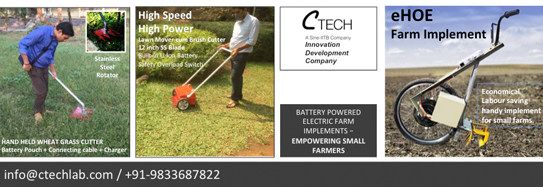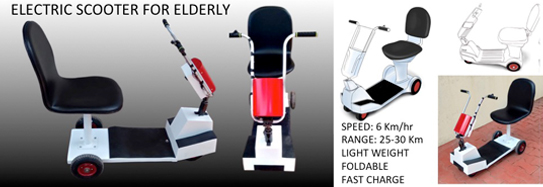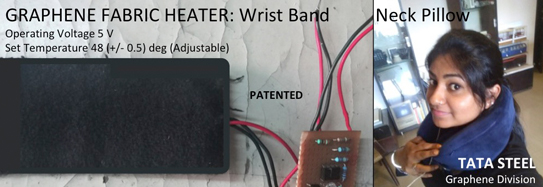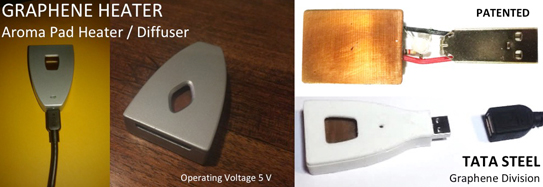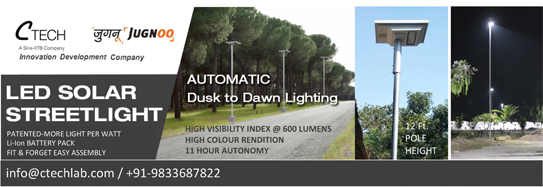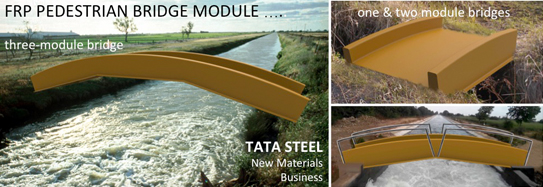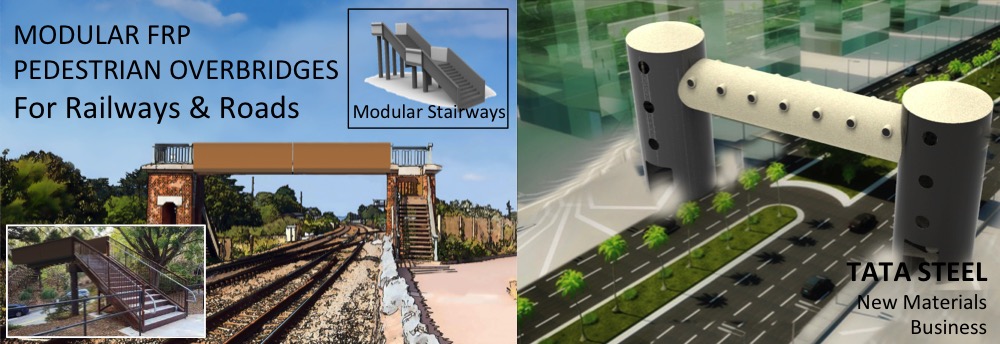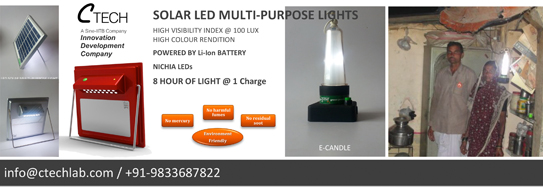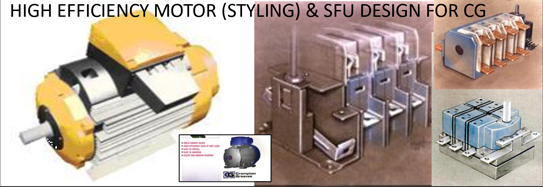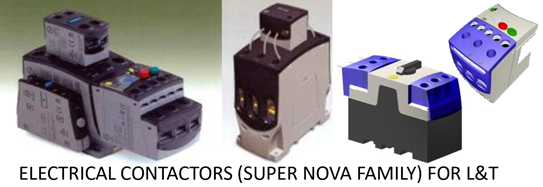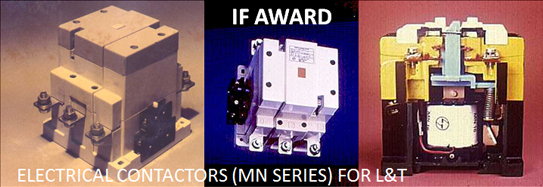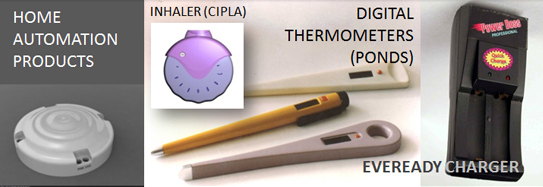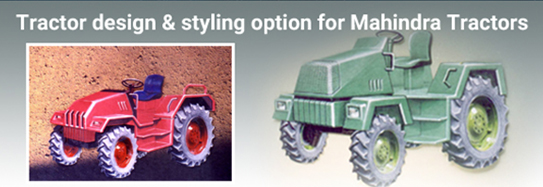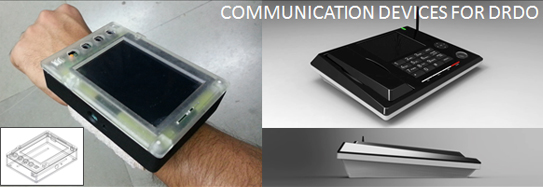In the next 35 years, 3.5 billion people will need places to live, i.e. 3,500 cities with one million residents. Today, there are less than 300 cities of this size in the world. In the next 35 years, another 600 million housing units will be needed, more than exist now.
The growing human population adds to the ever-increasing demand for shelter. In addition to the existing housing shortage, India is facing the problem of sheltering people affected by natural calamities such as the Gujarat earthquake or the recent tsunami, and also for those affected by annual floods in various parts of the country. Shelter is also required for people displaced due to dam building and other development projects. Designing mass-produced housing and shelters with composite materials such as fibre-reinforced plastics (FRP) can help alleviate the problem to some extent and at a faster pace. As a word for describing materials, “composite” has varied connotations. Basically, it is a combination of two or more materials with better properties than its constituent materials.
The concept of composite material has been understood and applied in structures since ancient times, for example bamboo and plaster as well as straw and mud composites for making huts, and warfare applications such as swords made of steel and soft iron.
The most common composite today is steel-reinforced concrete, where the high tensile strength of steel is combined with the high compressive strength of concrete to create a fantastic building material, whereby the concrete itself is a composite of cement, sand and gravel. With newer and newer materials being developed, fibre-reinforced composites have gained ground. This also applies to glass-fibre reinforced plastics like polyester or carbon- fibre reinforced epoxies that have “engineered” properties that they can be used in aerospace applications under extreme conditions. The word “designer materials” suits them perfectly as they can be “tailor made” to have specific properties for the application in mind. We therefore believe that “design” is very closely connected with composites and it is through design that the potential of these materials can be fully realized. Of course, the limitations of composites cannot be ignored but, here again, these limitations can be offset by design strategies.
The Industrial Design Centre (IDC) at the Indian Institute of Technology Bombay (IITB) has worked extensively with agencies such as TIFAC (the Technology Information, Forecasting & Assessment Council, which runs a Composite Mission programme), the Government of India’s Department of Science & Technology and various manufacturers to develop a variety of appropriate applications for composite materials, particularly glass- reinforced plastics (GRP), to effectively compete with traditional materials on cost and offer superior functionality and performance. Some of the work focused on products like railway cars, vehicles and a special class of boats. The examples below demonstrate how creative design strategies and modular concepts combined with a humanistic approach help develop products that effectively addess user concerns and are far superior to existing products.
| Tab. 1: Housing stock damage after the Gujarat earthquake | |
|---|---|
| Pucca houses destroyed | 159,960 |
| Pucca houses damaged | 399,346 |
| Kachcha houses destroyed | 148,339 |
| Kachcha houses damaged | 295,061 |
| Huts destroyed | 13,889 |
| Huts damaged | 31,395 |
| Total houses damaged | M 1.2 |
| Tab. 2: People requiring relocation due to tsunamis* | ||
|---|---|---|
| State | Persons moved to safer places | Relief camps/ persons in the camps |
| Tamil Nadu | 499,962 | 412 / 309,379 |
| Pondicherry | 700,000 | 48 / 6,750 |
| Andhra Pradesh | 34,264 | 65 / 30,500 |
| Kerala | 22,474 | 35 / 22,474 |
| Andaman and Nicobar Islands | 11,797 | 110 / 40,903 |
The current shelters in India are usually made from materials such as canvas, tarps, plastic sheeting, tin sheets, etc. providing inexpensive temporary shelter at minimal cost. However, fabrics tend to rot-canvas and plastic both disintegrate upon exposure to water and UV rays. Tin structures also prove inadequate with their minimal protection from the elements.
Additionnaly, the strong feeling of impermanence and physical vulnerability of the people living in these so called “shelters” is gnawing.
Besides temporary housing, temporary and portable office space is a large segment which lends itself to FRP design. The growing infrastructure development and increasing number of projects in road building, construction, etc. will determine the demand for such office space, which is going to be enormous. Presently, some of this demand is met by container style boxes manufactured in steel, which makes them heavy and not so portable.
These are essentially mono- block constructions that cannot be dismantled for transport. A modular approach and the use of FRP can address some of these issues effectively.
Kiosks is another segment which is gaining in popularity. There are 2 types of kiosks in use – for interior use and for exterior use. Exterior kiosks are used as security personnel cabins, milk booths, newspaper booths, the very common Paan (chewable betel leaf) shops, etc. These are generally of poor quality, poor aesthetics and without much consideration for the user.
Interior kiosks are used to promote and sell products in malls, airports, etc. They look better and are made from steel, aluminium, wood or laminates and fabricated on site. There is scope for making these products from standard modules and in composite materials with built-in aesthetics and ergonomics and built-in electrical and mechanical systems.
There are very few players in the modular construction sector.
Fair-sized shelters or temporary work offices are copies or simplistic adaptations of normal brick & mortar or metal constructions. FRP composite materials are generally used for small units like security cabins.
Quite often, they are not modular in nature but delivered to the site as a single shell by the local manufacturer. They are expensive to transport to remote areas, where the need is greater. FRP use is usually restricted to atrium canopies, decorative façade elements or “pseudo stained glass” panels. Much needs to be done to integrate appropriate materials, construction techniques, transportability, suitability of use, aesthetic & marketability and quality. There is very little systematic research in this area or in the use of composite materials for construction, in India at present.
TIFAC has been running a unique mission – the Advanced Composite Programme (ACP)
– to promote the use of composites in India. Its policy of involving end users and supporting user industry through easy financing, while providing high-level expertise through consultants, ensures success for the projects as shown by many examples.
Among others, TIFAC has supported projects such as a modular toilet for rail coaches, a luxury houseboat for tourism authority, the interior of a 3-tier sleeper coach for Indian Railways, all developed in composite materials with technology and design inputs from the IITB. In all these projects, design was the driving discipline and was integrated seamlessly with technology and manufacturing processes through appropriate product planning and conceptualization and taking in account human and aesthetic factors and the concerns of all stakeholders.
Encouraged by the success of the projects and acceptance of design as an integral part of development, TIFAC supported a project to develop a “multi- purpose modular housing system” in FRP at the IITB.
The project had to take up the following challenges:
- Appropriate use of the FRP material and its properties (high specific strength, thermal insulation, corrosion resistance, electrical insulation andresilience);
- Easy and quick construction of shelters;
- Temporary shelters to be dismantled and stored for future use;
- Portability and transportability;
- Joinery to be made simpler by incorporating specially- designed elements;
- Functionnal felxibility required for different users or to satisfy varying customer demands.
The use of modular architectural concepts helped to meet the above challenges effectively by designing separate components that could be connected together in a predetermined manner. The characteristic of a modular system is that any one component (module) can be replaced or added/ removed/substituted without affecting the rest of the system.
Construction using modular elements provides flexibility so that the structures can be altered to suit a variety of uses with minimal changes. Through modular design and construction, the benefits and economies of industrial production were combined with the ability to satisfy the customized requirements of a diverse user group.
Modular construction has to be precisely designed, as the modules need to be replicable and interchangeable. Smaller sections or modules are manufactured separately and are assembled on site with quick fastening techniques. All major systems, including mechanical, electrical, plumbing and finishes, are to be integrated into the modules in the manufacturing plant prior to shipping and installation.
While the modules are being manufactured in factories, site development can take place concurrently.
Maintaining the required level of precision and quality in the manufacturing process is a key critical challenge.
Modular construction offers a number of additional advantages:
- Speed: from start to finish, a modular structure/building is erected in a fraction of the time required for the traditional on- site building method.
- Cost efficiency: modular components, offer cost efficiencies resulting from the bulk purchase of materials and employment of mass manufacturing techniques.
This also result in transportation efficiencies and therefore further lower cost benefits.
- Portability: modular buildings/structures can be relocated as needed, especially for use as storage spaces, shelters, disaster relief camps, temporary hospitals/clinics, kiosks and project site offices and structures for tourism and seasonal events like festivals, etc.
Considering the above, modular construction was identified as the strategic design feature, around which a research and design methodology was evolved. Another strategic feature was the collaboration with manufacturing and user agencies from the start of the project to get the right feedback, improve the acceptance of the final product and ensure its implementation.
The research and design methodology included the following stages:
1. Study of the current products for portable/temporary shelters listing their advantages/ disadvantages.
2. Study of the materials currently used in temporary/portable structures
3. Study of the usage of existing temporary shelters – offices, workspaces, living accommodation, disaster shelters, healthecare facilities, tourist huts.
4. Product plan – derived from the conclusion of the above study.
5. Concept generation – large number of preliminary ideas.
6. Development of the most promising ideas into product ideas – concept sketches, renderings, dimensional drawings.
7. 3D modelling – to check possibilities for assembly, manufacturing, fitting, etc.
8. Validation of design for load bearing, structural stability, etc.
9. Final designs – scale models, design documentation.
These were followed by a collaborative phase with manufacturing companies:
10. Design changes if any, to suit the manufacturing organizations and technologies.
11. Production of a 1:1 prototype in collaboration with manufacturers.
12. User testing/field testing.
13. Final prototyping.
14. Component development.
15. Tooling and production.
Throughout the design process the project advisory committee played a crucial role by providing meaningful feedback and challenging the project team to raise the level of innovation, which was highly appreciated.
The following product (housing) ideas were generated and developed in detail. Scaled models were produced for presentation and validation purposes.
• Anganwadi housing
• Beach tourist huts
• Frangible cabins for housing instrumentation near airport runways
• Public toilet clusters
Concepts for Anganwadi
Development of a tourist beach hut at Goa
The condition of tourist shacks and huts was studied in Goa along with coastal zone regulations and local laws regarding such constructions. The project aimed at developing habitable living rooms within the shacks to cater to tourist accommodation needs with appropriate amenities. The research conducted helped to develop appropriate, functional, economical and highly aesthetic concepts.
The design was developed as a “mass customized system” that could be rearranged, mounted and dismantled easily.
In collaboration with VS Composites and CTech Labs (IIT Bombay), work was carried out to develop an FRP frangible cabin for the Bangalore Airport. The cabin, intended to house an instrument landing system, was built near the runway. The special aspect of this cabin was that the structure would collapse on accidental impact from an aircraft so as not to damage the aircraft, while providing security to the instrumentation housed inside during normal times. FEM analysis was done to validate the concept. A patent application has been filed for the joinery concept of the frangible cabin
Outdoor modular toiletThe outdoor modular toilet (temporary, portable and re-deployable) was one of the products that found strong favour in the review meetings held throughout the project. In the interest of hygiene, it is necessary to install this utility where large public gatherings, like festivals or Melas (religious or social public gatherings), take place and in seasonal tourist resorts, etc. Infrastructure and ergonomic requirements were studied and the “modular toilet” concept for outdoor use was developed based on this data.
The discharge from the toilet can be connected to the sewage or into a separate container from where it can be pumped out. The toilet unit comprises a floor toilet module, a roof module, a side panel, a back panel and a door module. The roof module has a built-in 70-litre water storage tank. The floor module has an integrated WC pan (Indian or Western style). An urination panel has been incorporated in the back panel. There is also a possibility of putting these up as clusters with additional facilities for wash basins.
Other already-deployed projects developed using FRP modular construction include:
- Modular toilet for rail coaches
- Luxury houseboat for Kerala Tourism
- Drivers’ cabin for diesel locomotives
- Interior of 3-tier sleeper coach for Indian railways – prototype under development
We thank TIFAC and DST for funding and supporting all the above projects and for the continuing interest shown throughout and making sure that we succeed. Thanks are due to the project advisory committee chairman and members for facilitating and contributing to the thought process.
We also wish to thank all the industry partners who have implemented the above projects and bore with our creative idiosyncrasies and also helped us to get better insights in the use of FRP – Hindustan Fibreglass Works, Baroda, for the modular toilet for rail coach; Blackburn & Co., Kolkata for the diesel locomotive drivers’ cabin; Samudra
Shipyard, Kochi, for the luxury houseboat for Kerala Tourism; and Century Polymers, Baroda, for the interior of the 3-tier sleeper coach.
More information: munshi@iitb.ac.in
Dry-San Toilet

